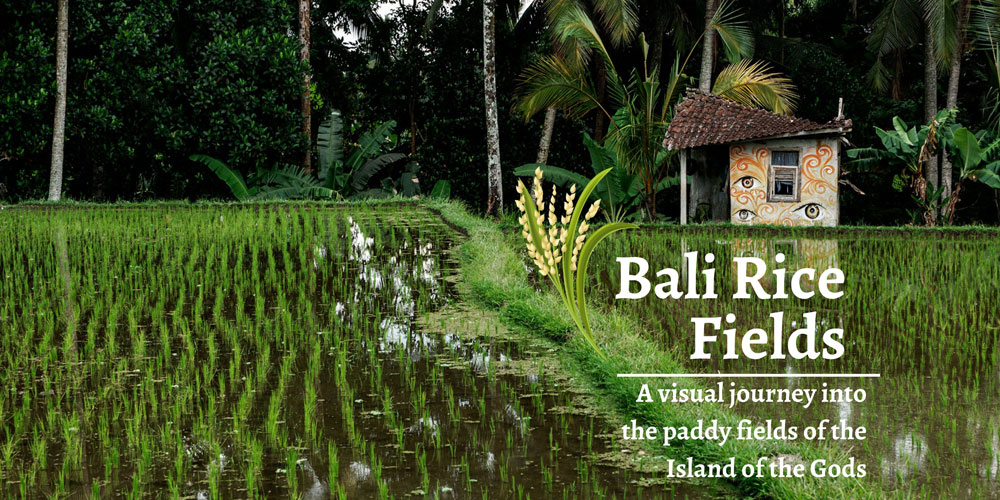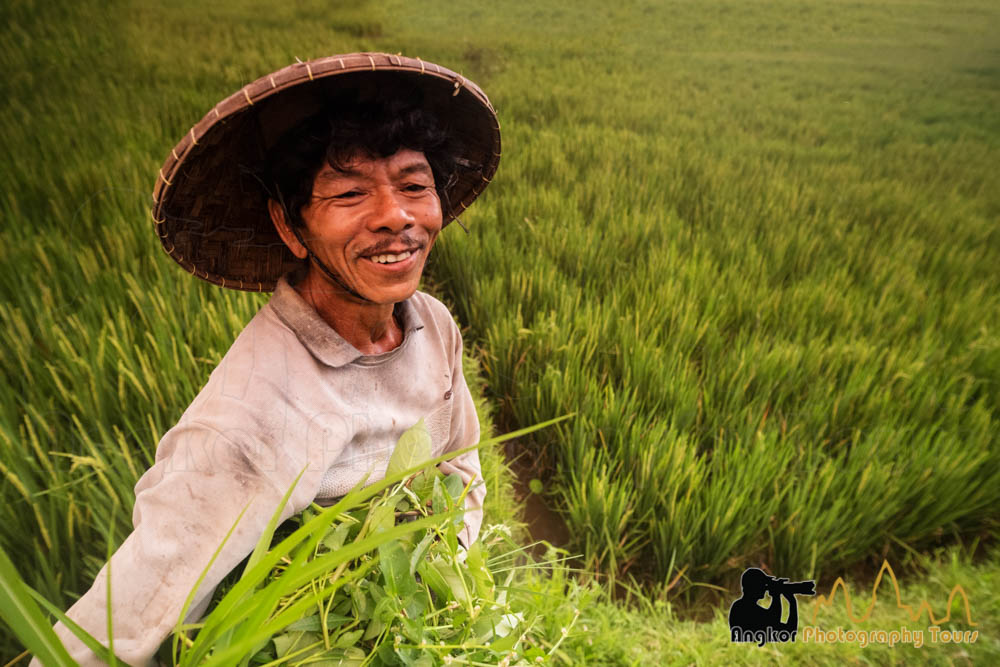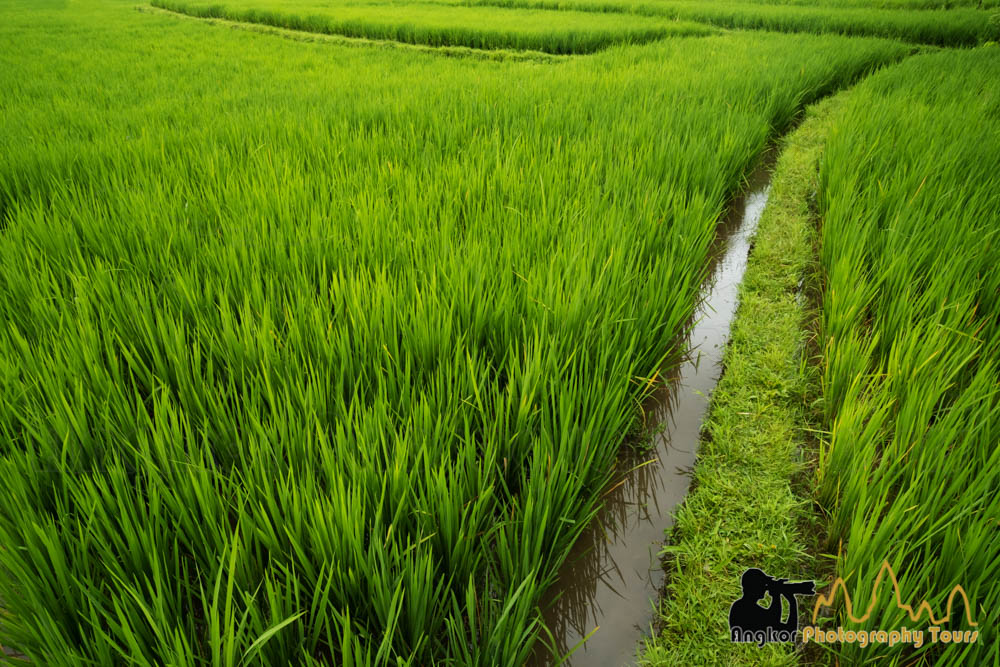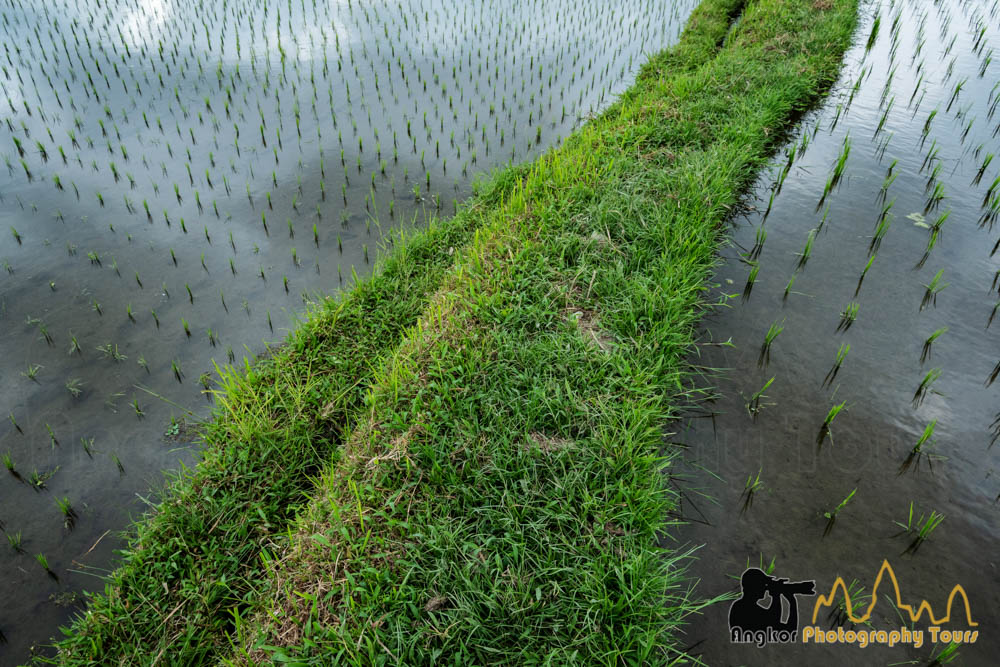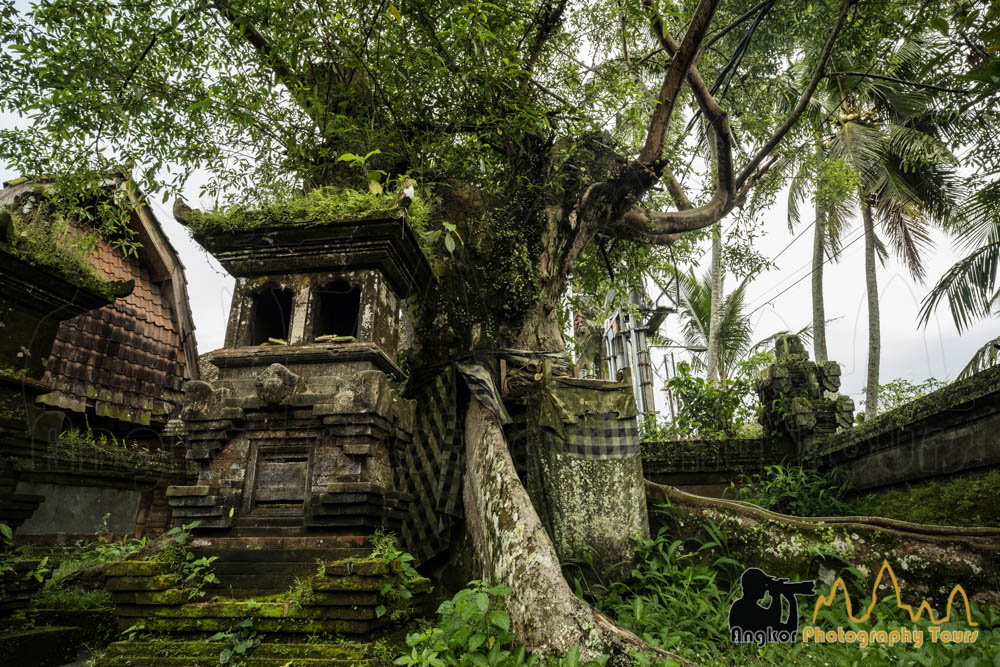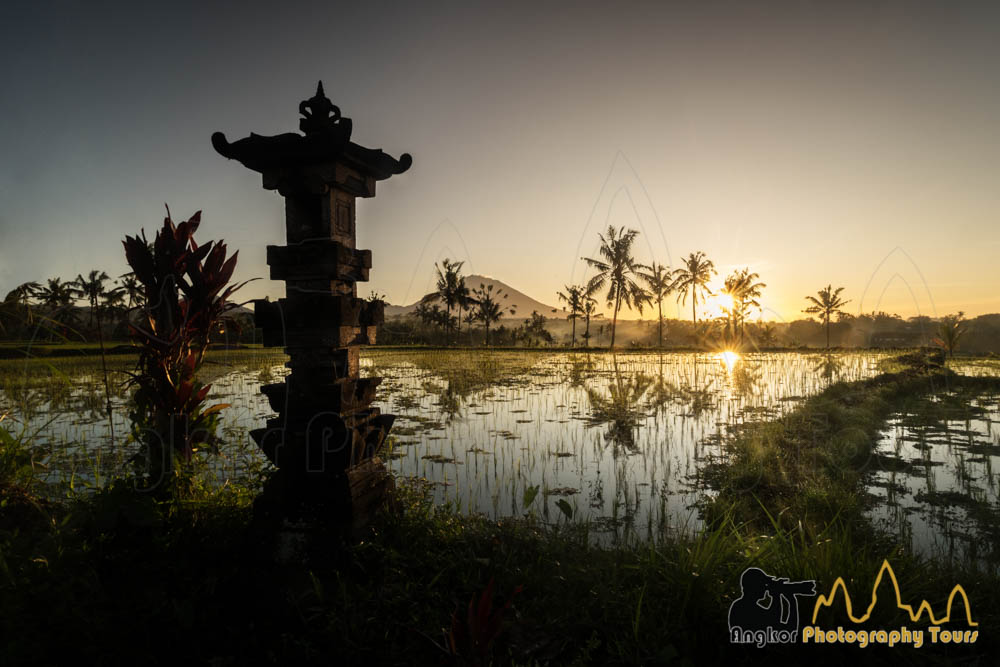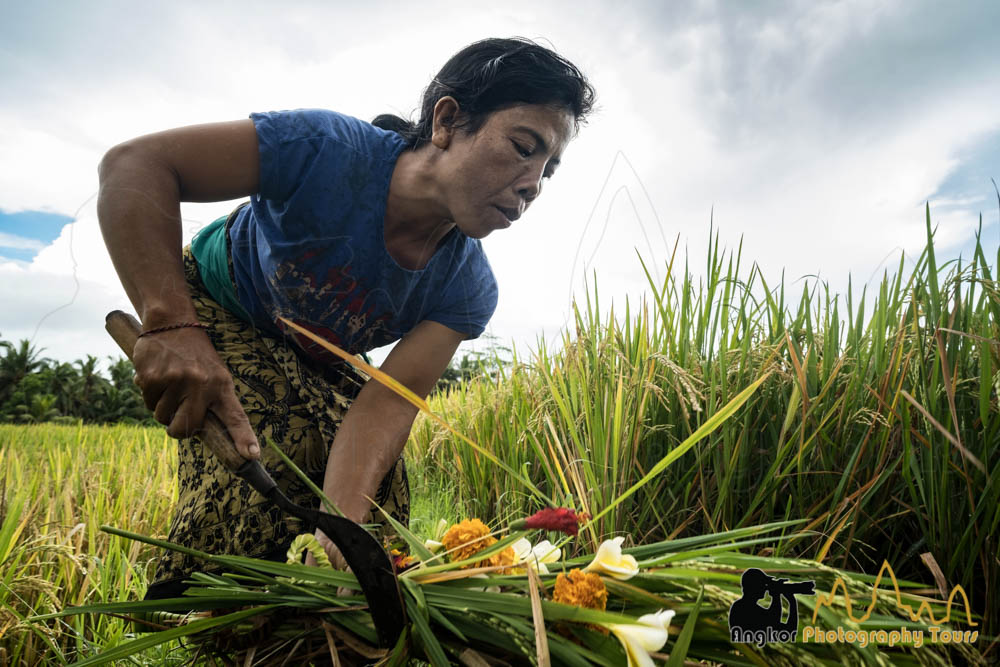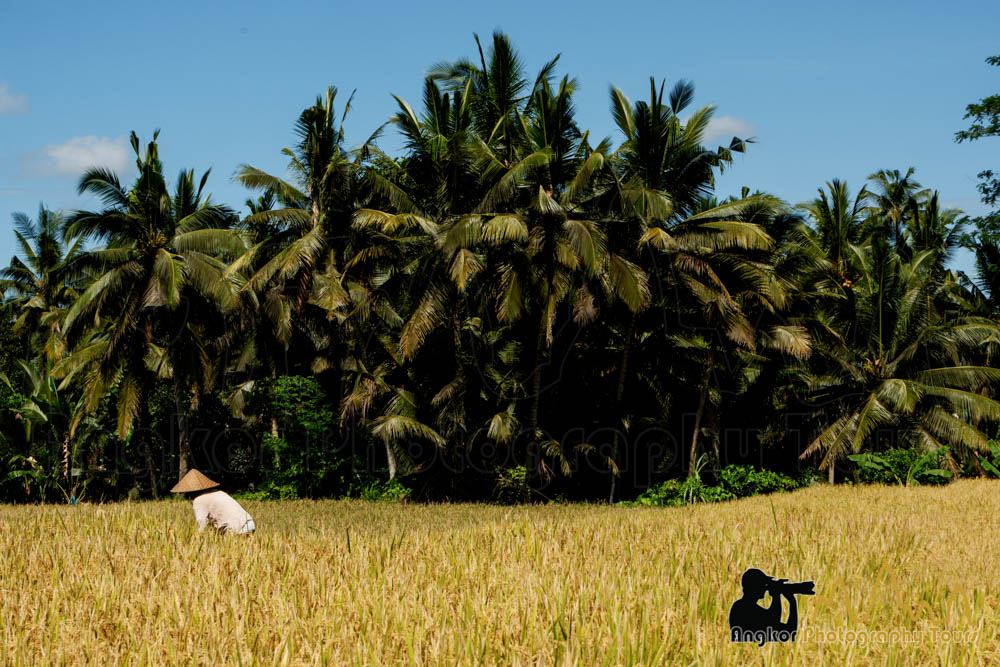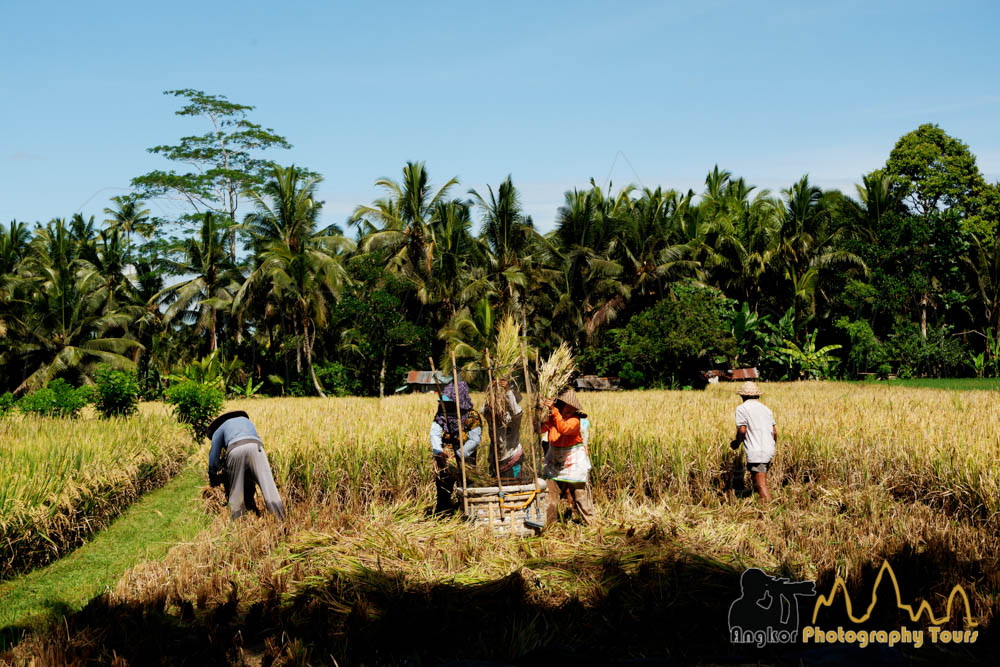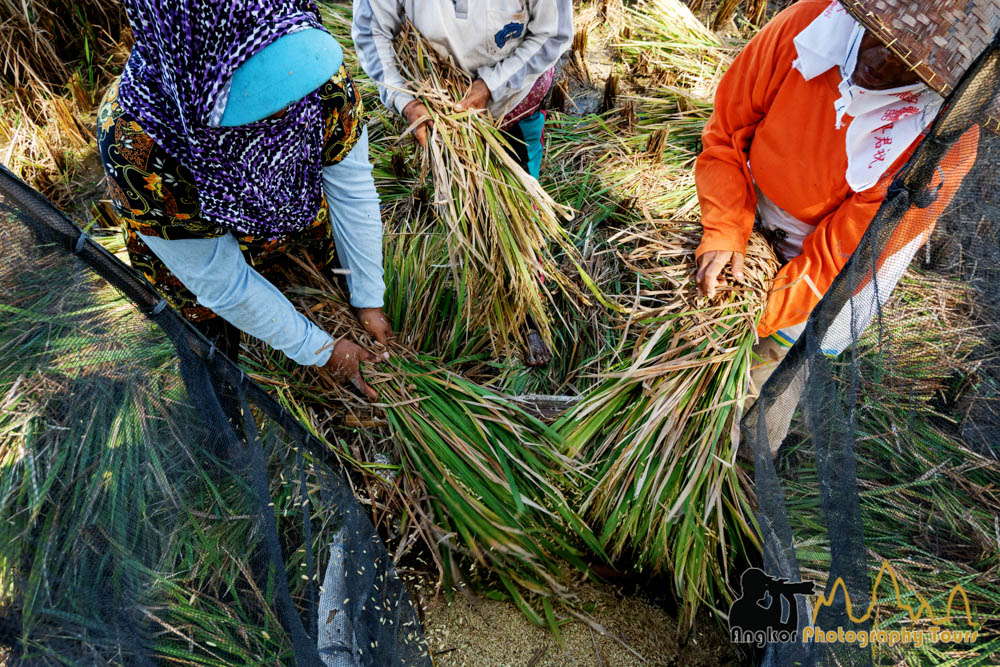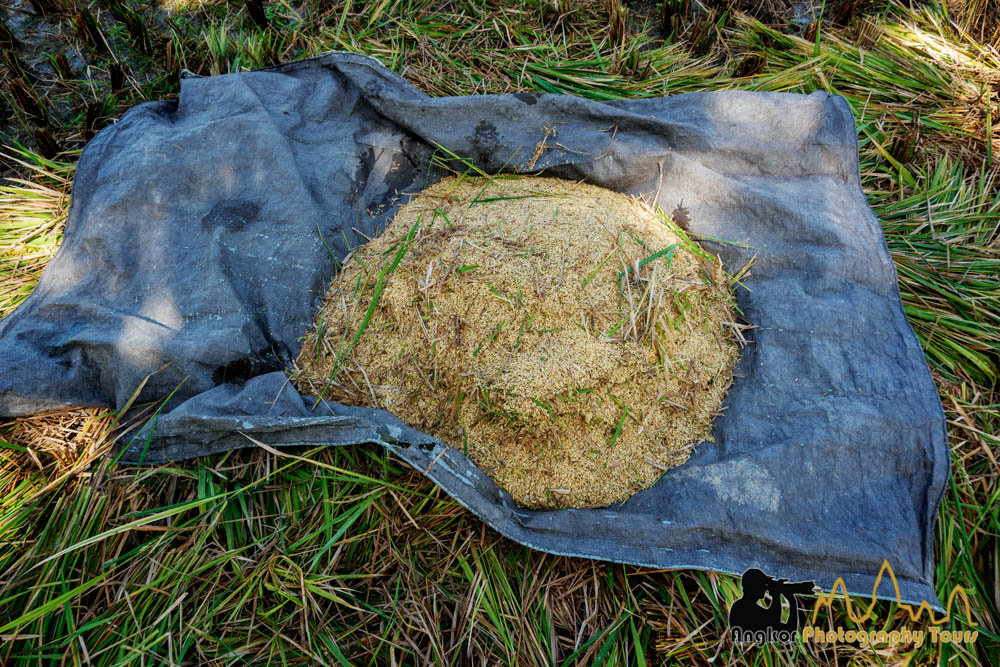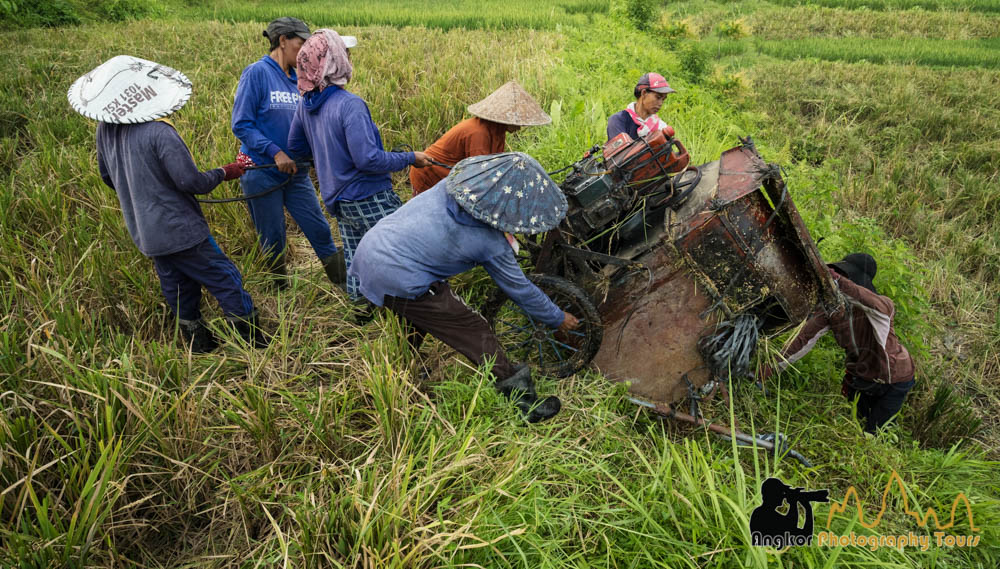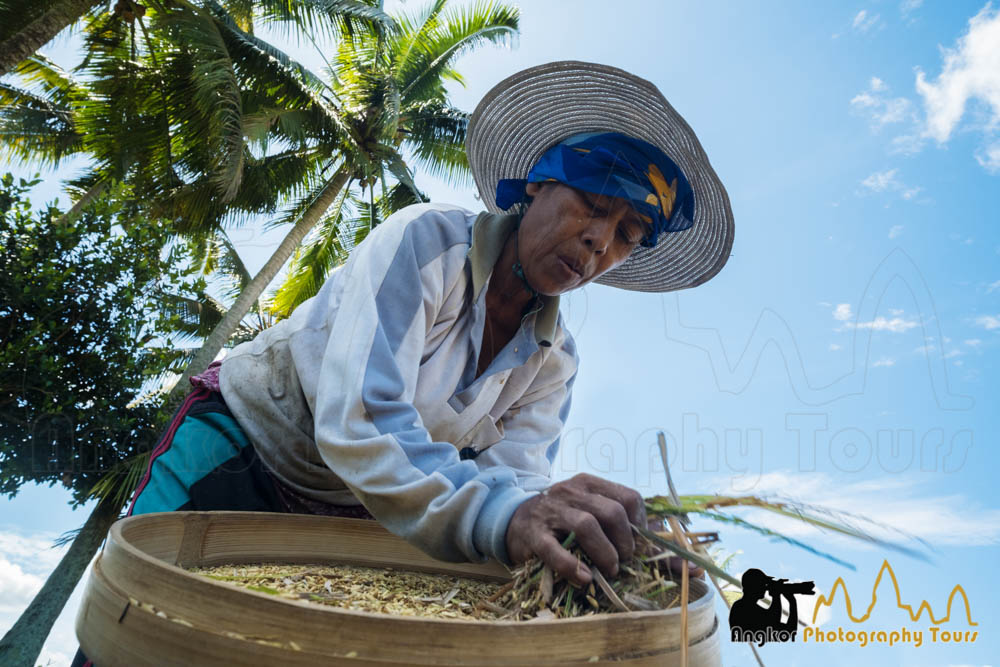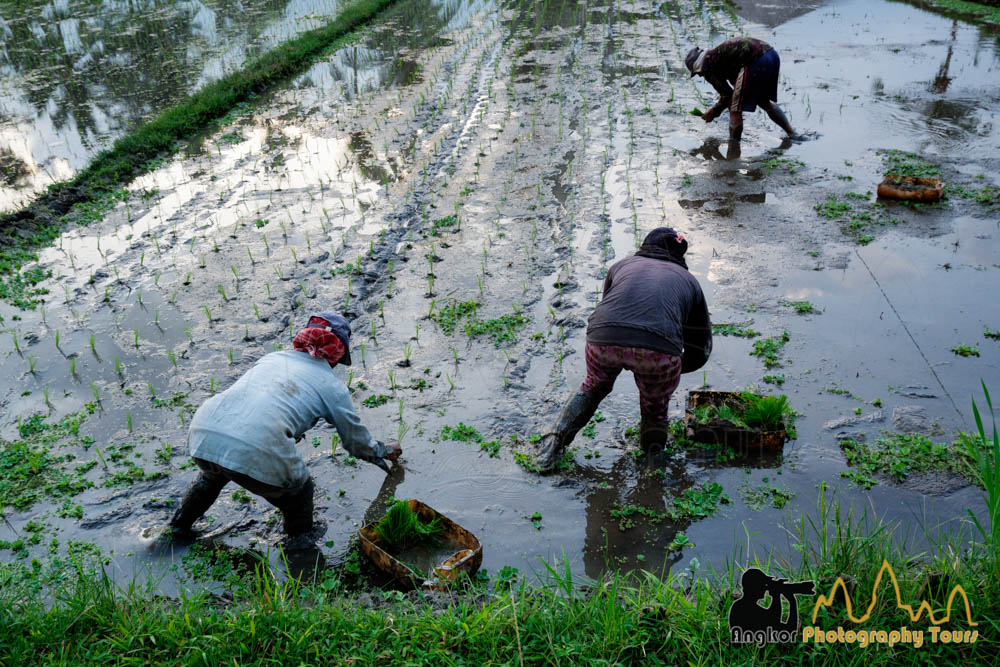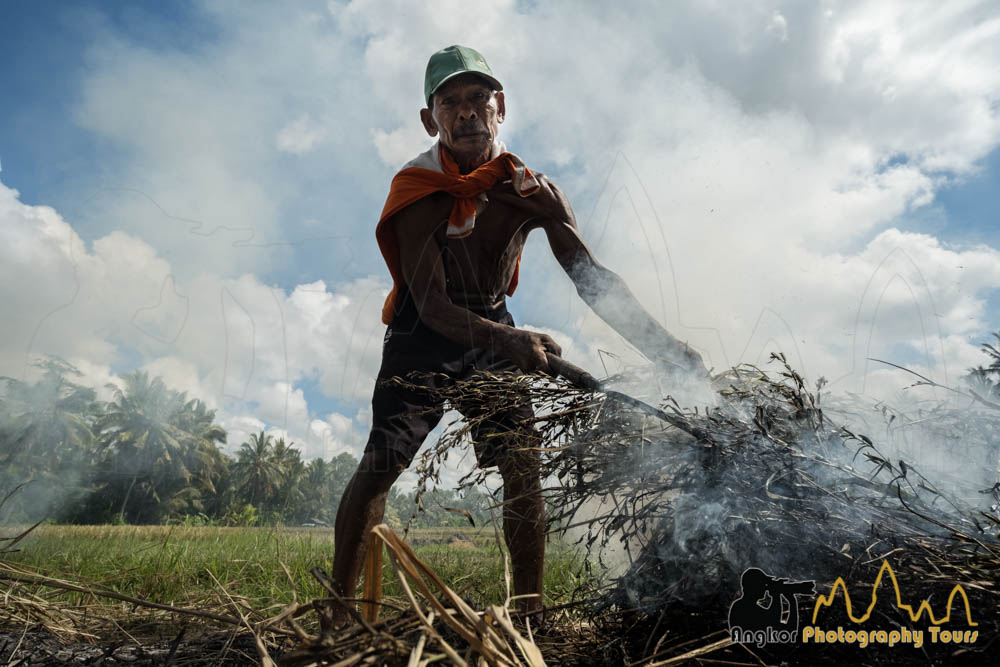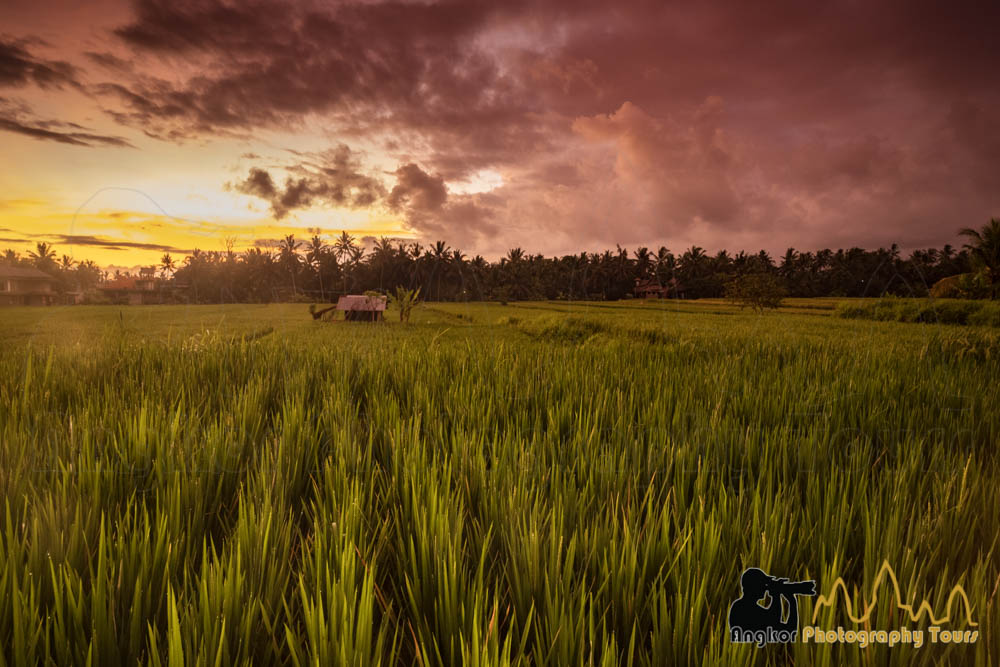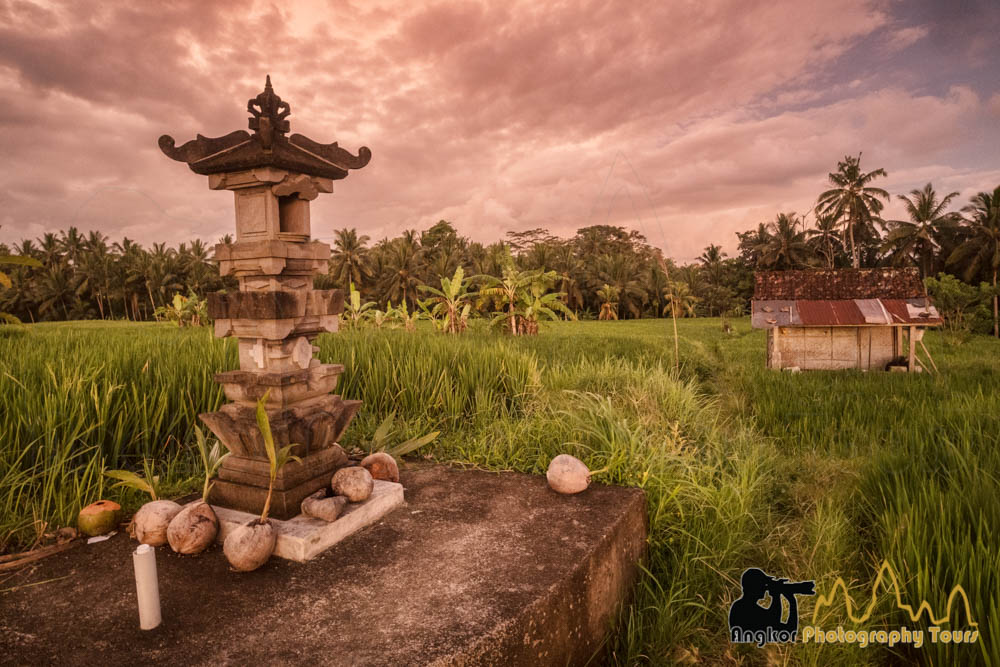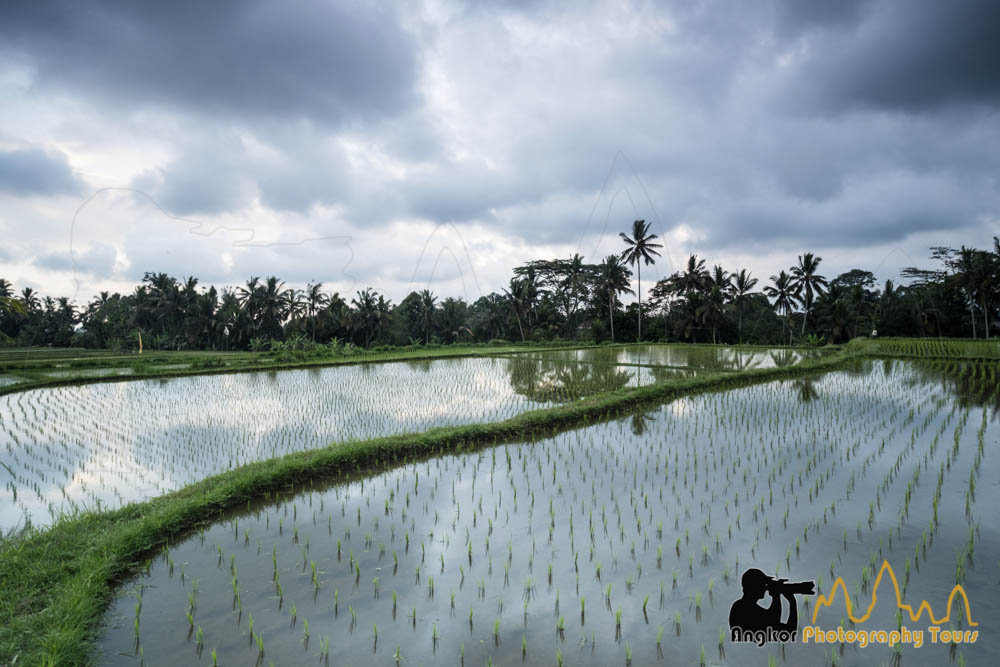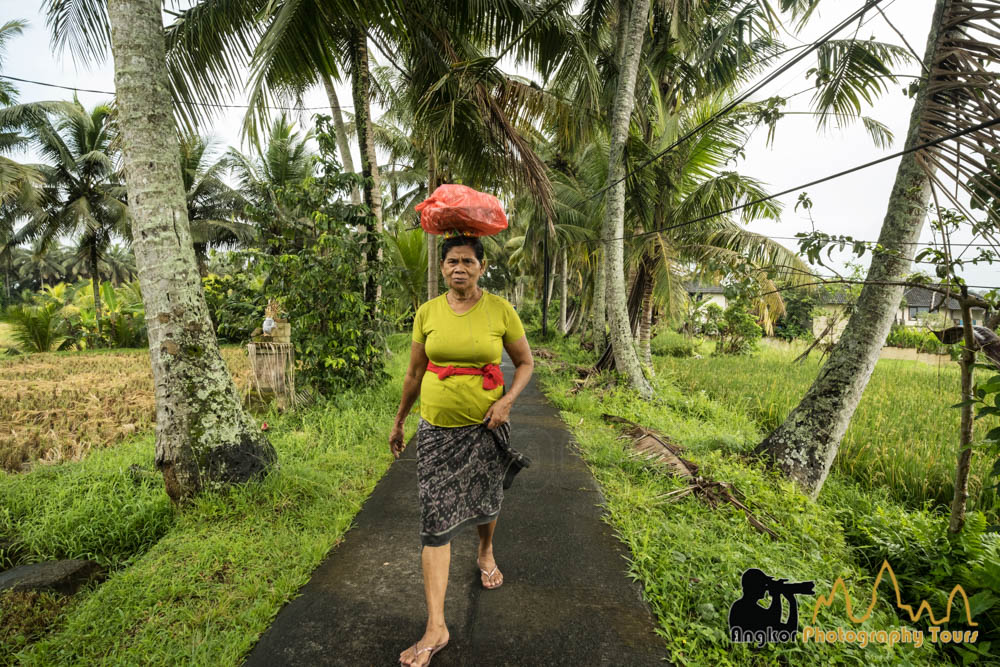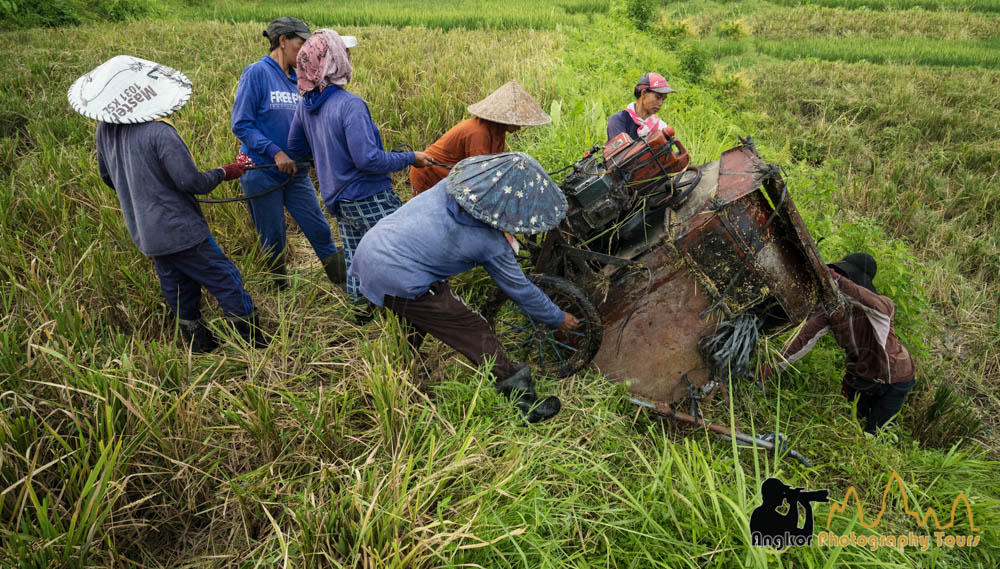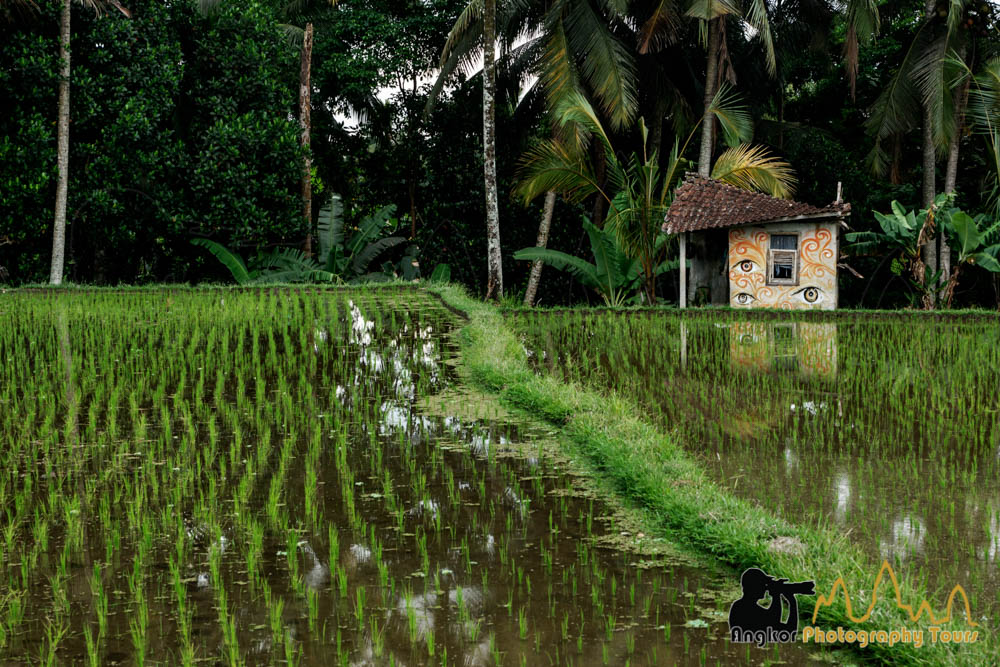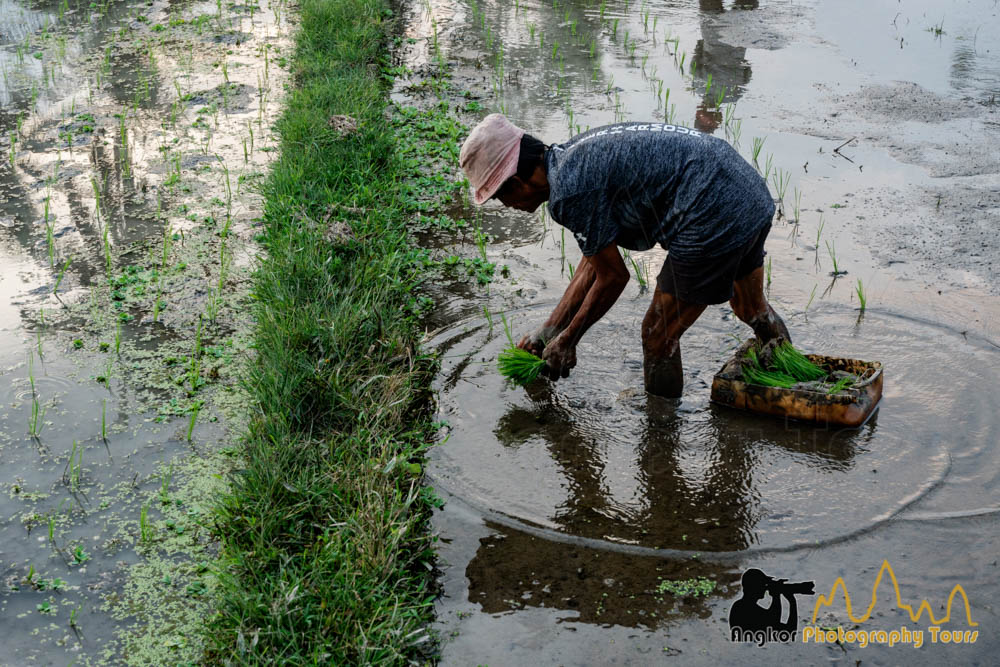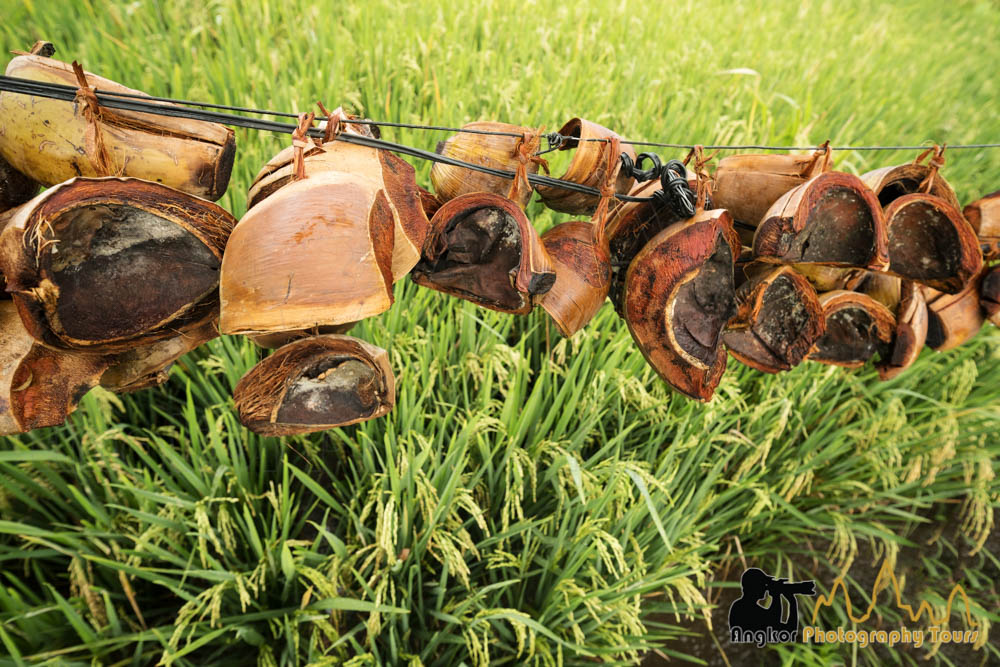Bali Rice Fields: Discover the Rich History of the Subak Farming Tradition
The picturesque rice terrasses of Bali owe their existence to the Subak system. This complex organization, which dates back to the 9th century, is the pillar of Balinese irrigated agriculture and manages the flow of water into the rice paddies. At its core, the Subak system is guided by the principle of Tri Hita Karana, which translates to the three causes of well-being:
- Parahyangan, the harmonious relationship between human and God.
- Pawongan, the harmonious relationship between humans and his neighbor i.e the organization that regulates the water irrigation system.
- Palemahan, the harmonious relationship between human and nature and the environment.
The Subak system has a spiritual dimension deeply rooted in Balinese culture but is also an engineering feat: water, from streams and rivers is distributed by a system of canals, tunnels and dams into the paddies file. Lake Batur, Bali’s largest lake, serves as the primary water source for the irrigated rice cultivation of the island.
In the rice fields you will see pengalapan (dam), jelinjing (trenches), and a cakangan (spot/tool to enter the water to the rice fields). Subak is also a human organization with a set of rules and decisions about the timing of planting and determining the type of rice is also carried out together.
The Subak system has been modified by the Dutch in the beginning of the 20th century for tax collection purpose and later in the 1970’s by the Indonesian government to boost rice production.
Sustainable Tourism and the Subak System: Finding a Path Forward for Bali
Bali’s integrated rice-field irrigation has been and still is under threat beacause of the surge in tourism on the Island of the Gods. Land reclamation to build new hotels and shops, combined with the younger generation’s increasing focus on jobs in the hospitality sector, have contributed to this threat.
The irrigated rice terraces of Bali are a famous tourist attraction and an icon of Bali tourism on par with its scenic volcanoes and sandy beaches. In 2012, about 20,000 ha of the Subak system were recognized as a UNESCO World Heritage Site with the following title: Cultural Landscape of Bali Province: the Subak System as a Manifestation of the Tri Hita Karana Philosophy.
The Spiritual Dimension of Bali’s Subak System: The Sacred Connection Between Farmers and Bali Rice Fields
As you venture into the paddies fiels of Bali, you will come across small temples and shrines where the local farmers partake in a ritual of offering. The Balinese farmers are worshipping Dewi Sri, the deity of fecundity and opulence often associated with Lakshmi the companion of Vishnu. These offerings comprise of fruits placed in small containers, accompanied by flowers and fragrant incense sticks, alongside stacks of rice. Time of the offerings fluectuate a lot from one paddy field to the next depending on what type of rice is planted as well.
Discover the Diversity of Bali’s Rice Fields: An In-Depth Look at the Various Rice Types
Rice is a staple food in Bali and in Indonesia and has been cultivated for about 2000 years. In the Indonesian language, rice is known by two names – when it’s raw, it goes by beras, and when it’s cooked, it’s called nasi.
The most commonly found variety of in Bali is white rice (nasi putih in indonesian) and the less commun are red rice and black rice (also named as purple rice).
Balinese red rice contains anthocyanins, a natural pigment which are responsible for giving the rice its unique red hue. Red rice is used for offerings in Balinese temples and ceremonies as it is believed that the color red symbolizes life and energy. As it is more expensive it is sometime mixed with white to eat.
Black Balinese rice, also known as black glutinous rice, is a rice variety that is often used to make traditional desserts such as bubur injin (black rice pudding) or klepon (rice cake balls).
Behind Bali Rice Fields: Rice Production in Bali
Based on data collected by CEIC , rice production in Bali reached its peak in 2013 with 882, 092 metric tons of rice. However, in the last last decade, there has been a slight decline in Bali’s rice production, with current production levels hovering around 600,000 metric tons. Despite Bali’s high rice cultivation productivity, its output represents only a small fraction of Indonesia’s total rice production. Indonesia is the world’s third-largest rice producer, trailing behind China and India.
Rice harvesting season in Bali
Bali’s rice paddies owe their exceptional productivity to the ancient Subak irrigation system. With an average of three harvests per year, the island’s lush green landscape is a sight to behold for most of the year. If you happen to be in Ubud during March, you can witness the rice harvests firsthand – a truly unforgettable experience.
Rice farming practices in Bali
Rice farming in Bali heavily rely on manual labor. Farmers meticulously cut through the rice stalks by hand using sickles (sharpened hand-held tools with curved blades), showcasing their skill and precision.
The next step is threshing, process of separating the grain from the straw. This is also done manually : the rice farmers beat vigorously stalks on a wooden plate placed inside a basket with a net. Sometime, small stationary thresher machines are used like we saw in Cambodia. However, due to the rugged terrain of Bali, it proves to be quite challenging to move the rice thresher machine from one field to the next, making the manual labor involved even more arduous.
For the next step, called winnowing, farmers are using large flat baskets. To winnow, the farmer holds up a basket full of threshed rice and tosses it into the air with a scooping motion. This movement helps separate the heavier rice grain from the lighter chaff (husk), which is then swept away by the wind.
Rice field workers in Bali receive payment in the form of rice, with an average rate of 5 kilos per field
The delicate process of rice transplantation, which involves moving young seedlings from a nursery bed to a field, is also carried out by hand. We witness that a team of just four workers can accomplish this task with impressive efficiency and speed, covering a paddy at a record pace.
The burning of rice fields in Bali is a controversial practice used to prepare fields for the next crop in order to killed weeds, insect and animal pests. Burning rice straws causes haze and air pollution (atmospheric particulate matter) and affects the health of people within a large radius.
Some universities in Indonesia are looking for alternative use of rice straws to be used as a fuel in a combustion engine to produce electricity.
Bali Rice Fields in Motion
Bali Rice Fields and Photography
The rice terraces in Bali offer a wealth of opportunities for landscape photographers, particularly during sunrise or sunset when the lighting can add an entirely new dimension to the pictures. Depending on the season, the terraces can be a lush and vibrant green or can create serene and tranquil pools of water that reflect the sky above. In addition to capturing the natural beauty of the terraces, it can also be fascinating to photograph the Balinese farmers as they tend to their fields on making offerrings. These opportunities are particularly abundant during the three rice harvesting periods, making it relatively easy to witness this traditional way of life firsthand. Those who embark on a Bali photography tour cannot miss the opportunity to capture the breathtaking Bali rice fields with their camera.
- Meak Bochea: Celebrating Buddha’s Final Teaching in Siem Reap Cambodia - February 14, 2025
- Angkor Wat Marathon - June 22, 2024
- Timelapse calculator - June 22, 2024
